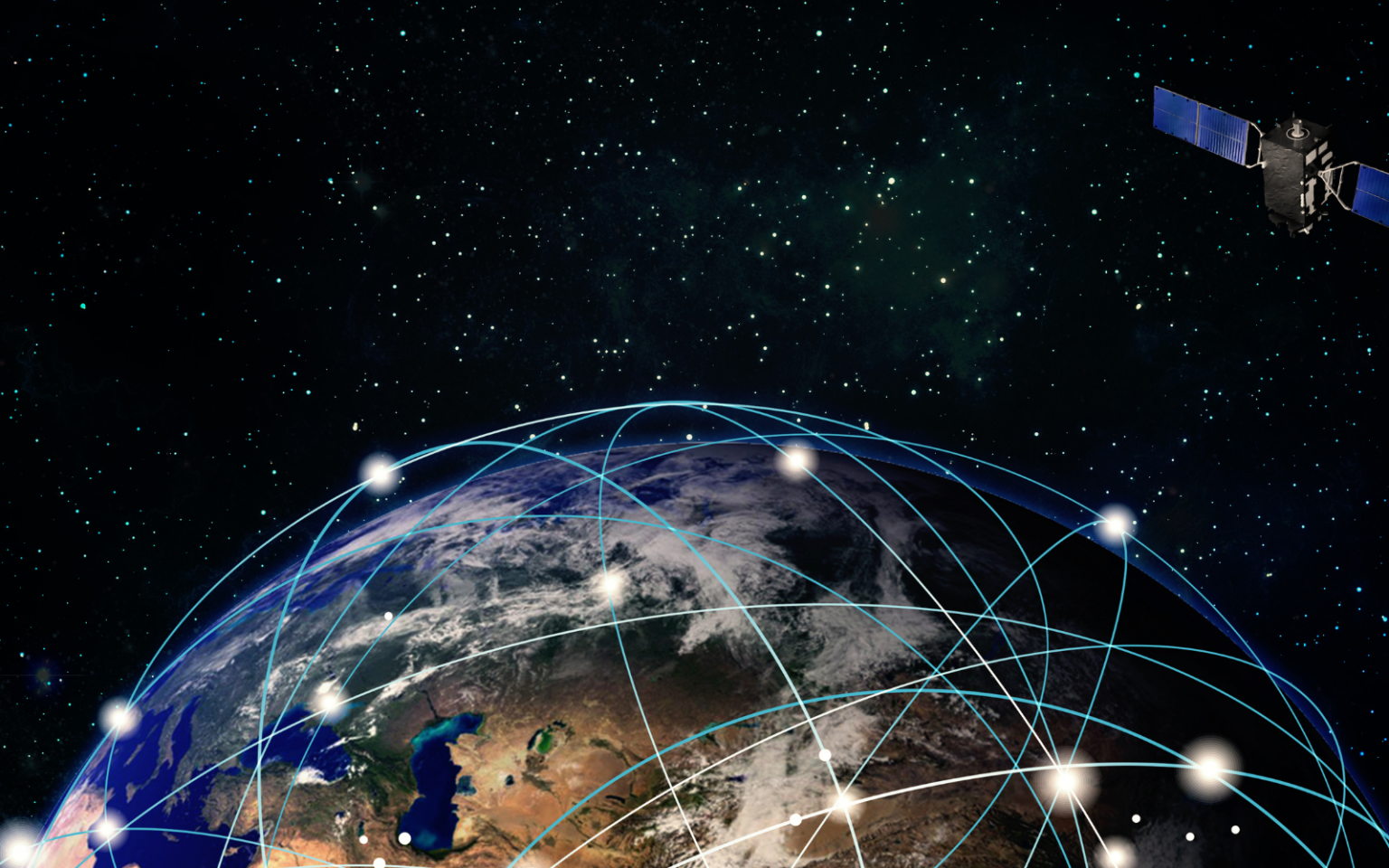When German journalist Martin Bernklau typed his name and location into Microsoft’s Copilot to see how his articles would be picked up by the chatbot, the answers horrified him. Copilot’s results had asserted that Bernklau was an escapee from a psychiatric institution, a convicted child abuser and a conman preying on widowers. For years, Bernklau had served as a court reporter and the artificial intelligence (AI) chatbot had falsely blamed him for the crimes he had covered. The accusations against Bernklau are not true, of course, and are examples of generative AI “hallucinations”. These are inaccurate or nonsensical responses to a prompt provided by…
Author: The Conversation
South Africa is a water-scarce country. In other words, it has an excess of demand over available supply. It also has low water security – the ability to ensure sustainable access to good quality water. The country’s economic hub and biggest population centre, Gauteng province, has suffered sequential water crises that have been a blend of both factors, combined with some others, such as a lack of maintenance. Caroline Southey from The Conversation Africa put questions to Craig Sheridan, the director of the Centre in Water Research and Development at the University of the Witwatersrand, about the creation of a…
Instagram has announced third-party augmented reality (AR) filters will no longer be available on its apps as of January 2025. This means more than two million user-made filters offered across WhatsApp, Facebook and, most notably, Instagram will disappear. Filters have become a mainstay feature on Instagram. The most viral of these – which often involve beautifying the user’s appearance – are created by users themselves via the Meta Spark Studio. However the use of beautifying AR filters has long been connected to worsened mental health and body image problems in young women. In theory, the removal of the vast majority of Instagram filters should signal…
Many human activities release pollutants into the air, water and soil. These harmful chemicals threaten the health of both people and the ecosystem. According to the World Health Organization, air pollution causes an estimated 4.2 million deaths annually. Scientists are looking into solutions, and one potential avenue is a class of materials called photocatalysts. When triggered by light, these materials undergo chemical reactions that initial studies have shown can break down common toxic pollutants. I am a materials science and engineering researcher at the University of Tennessee. With the help of robots and artificial intelligence, my colleagues and I are making and testing new photocatalysts…
As many countries debate the merits of banning kids under 14 from social media, Meta has announced a significant “reimagining” of teenagers’ experience of Instagram. These new “Teen Accounts” will be set to private by default, have the maximum content and messaging restrictions possible, pause notifications at night, and add new ways for teens to indicate their content preferences. Importantly, for kids under the age of 16, changing these default settings will now require parental permission. The move, touted as giving “peace of mind” for parents, is a welcome step – but parents and guardians should use it to talk to…
When it comes to our experience of the internet, “the times, they are a-changin’”, as Bob Dylan would say. You can’t quite recall how, but the internet certainly feels different these days. To some, it is “less fun and less informative” than it used to be. To others, online searches are made up of “cookie cutter” pages that drown out useful information and are saturated with scams, spam and content generated by artificial intelligence (AI). Your social media feeds are full of eye-catching, provocative, hyper-targeted, or anger-inducing content, from bizarre AI-generated imagery to robot-like comments. You’re lucky if your video feeds are not…
If you’re a paid subscriber to ChatGPT, you may have noticed the artificial intelligence (AI) large language model has recently started to sound more human when you are having audio interactions with it. That’s because the company behind the language model-cum-chatbot, OpenAI, is currently running a limited pilot of a new feature known as “advanced voice mode”. OpenAI says this new mode “features more natural, real-time conversations that pick up on and respond with emotion and non-verbal cues”. It plans for all paid ChatGPT subscribers to have access to the advanced voice mode in the coming months. Advanced voice mode sounds strikingly…
Most space mission systems historically have used one spacecraft designed to complete an entire mission independently. Whether it was a weather satellite or a human-crewed module like Apollo, nearly every spacecraft was deployed and performed its one-off mission completely on its own. But today, space industry organizations are exploring missions with many satellites working together. For example, SpaceX’s Starlink constellations include thousands of satellites. And new spacecraft could soon have the capabilities to link up or engage with other satellites in orbit for repairs or refueling. Some of these spacecraft are already operating and serving customers, such as Northrop Grumman’s mission extension vehicle.…
Generative artificial intelligence is poison for human creativity, according to conventional media wisdom. “Plagiarism machines” is how Breaking Bad author Vince Gilligan has described the large language models (LLMs) used to train the likes of ChatGPT and Claude. Hundreds of copyright claims have been filed against AI companies – from Stable Diffusion (sued by Getty Images) to Midjourney (sued by a group of artists). Most famous is the New York Times vs Open AI case, which many lawyers think raises such conundrums that it might go to the US Supreme Court. Sony Music fired off 700 legal letters to AI companies threatening retribution for any music theft. Many artists have…
What parent hasn’t been there? It’s been a long day, you still have dinner to make, maybe lunches for tomorrow too, and you just don’t have the energy to wrangle your kids into a new art project or plead with them to pick up a book. Instead, you give in when they beg for more iPad time. Or maybe they promise they’ll do their homework after just a few more YouTube videos, and it’s easier to agree than have another argument. Now you’re not only exhausted, you feel like a bad parent too. If this resonates with you, you’re not…










